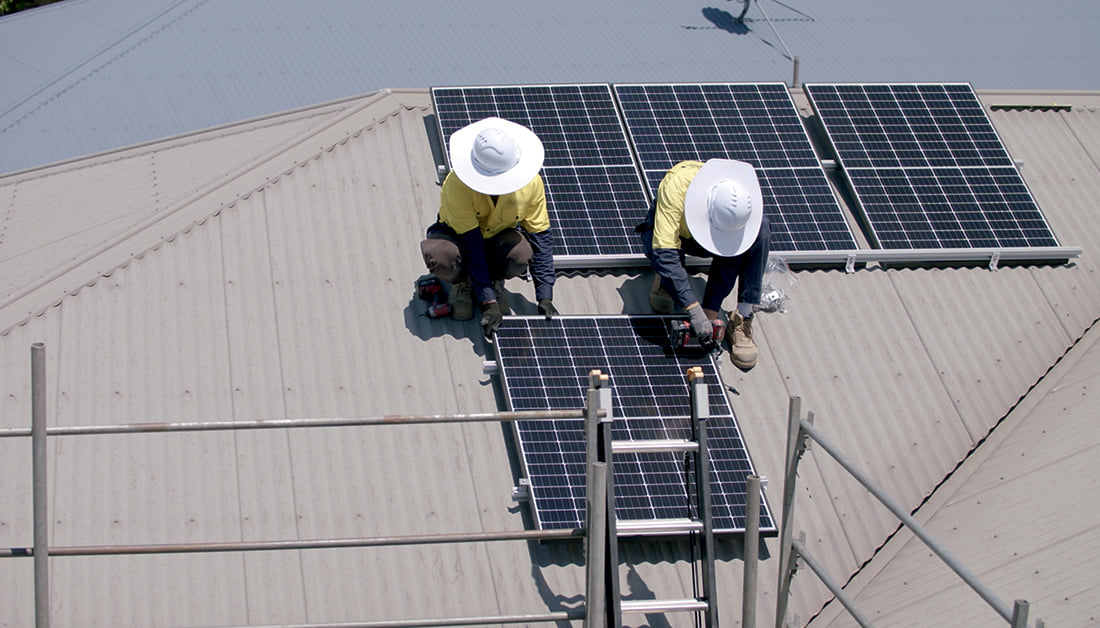SafeWork NSW said fines of up to $3,600 will be issued to retailers and installers of rooftop solar systems who are found to be non-compliant with legislative requirements.
Trent Curtain, head of SafeWork NSW, said results from previous compliance programs were concerning and inspectors will ensuring that installers are adhering to safety requirements when putting PV systems on rooftops.
“Inspectors often find those in the solar industry taking short-cuts and endangering the
lives of workers by not having adequate safety measures in place,” he said. “We will be taking a zero-tolerance approach and those caught will be fined and potentially prosecuted.”
Curtain said falls from heights remain the number one cause of fatalities on building sites in NSW and the regulator is committed to reducing that number.
“Last year, preventing falls from heights was a regulatory priority for SafeWork NSW and
this year we will continue to prioritise the safety of workers, especially those involved in the installation of solar panels,” he said.
SafeWork NSW inspectors will be monitoring other risks such as electrical, asbestos, and musculoskeletal issues.
The compliance blitz follows a similar initiative in 2022 when SafeWork inspectors visited 86 rooftop solar installation sites, resulting in 403 notices being issued, along with fines totalling $216,864. Most notices issued were for falls from heights, followed by falling objects and electrical risks.
Inspectors found 42% of the worksites visited did not have adequate controls to prevent a fall from the roof. Of the sites that had fall protection in place, 54% of them were not adequate to keep workers safe while 64% of workers were wearing harnesses not connected to a harness system and 61% did not have a plan that showed the system layout.
“It is clear from inspector observations that workers in the rooftop solar panel installation industry are at high-risk of serious or fatal incidents due to the recurrence of having no or inadequate fall protection in place,” the regulator said.
“Additionally, the reliance of harnesses for fall protection continues to place workers lives at risk due to the high proportion of systems that are either set up incorrectly or not being used safely.”
SafeWork NSW said the rooftop solar industry must continue to lift its standards in relation to using higher level fall protection, such as temporary edge protection and scaffolds, opposed to harnesses which should only be used as the last resort.
This content is protected by copyright and may not be reused. If you want to cooperate with us and would like to reuse some of our content, please contact: editors@pv-magazine.com.








By submitting this form you agree to pv magazine using your data for the purposes of publishing your comment.
Your personal data will only be disclosed or otherwise transmitted to third parties for the purposes of spam filtering or if this is necessary for technical maintenance of the website. Any other transfer to third parties will not take place unless this is justified on the basis of applicable data protection regulations or if pv magazine is legally obliged to do so.
You may revoke this consent at any time with effect for the future, in which case your personal data will be deleted immediately. Otherwise, your data will be deleted if pv magazine has processed your request or the purpose of data storage is fulfilled.
Further information on data privacy can be found in our Data Protection Policy.